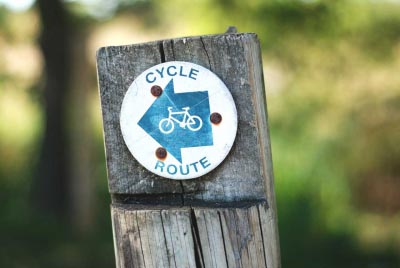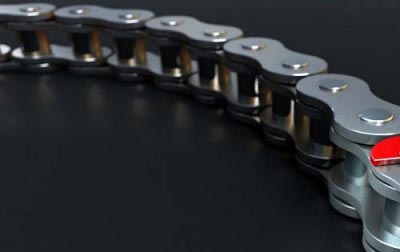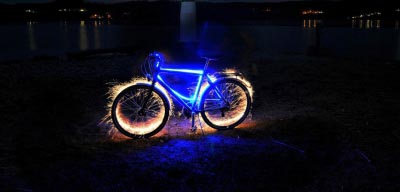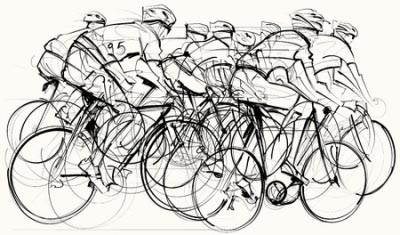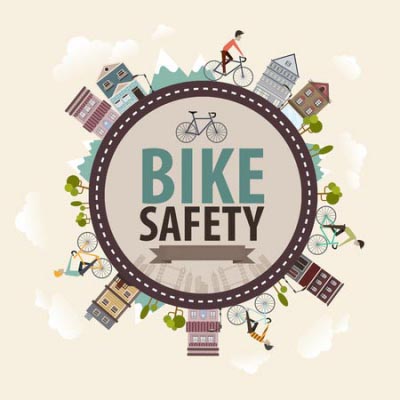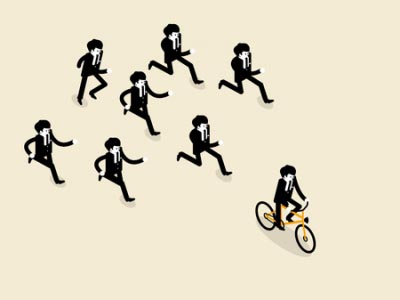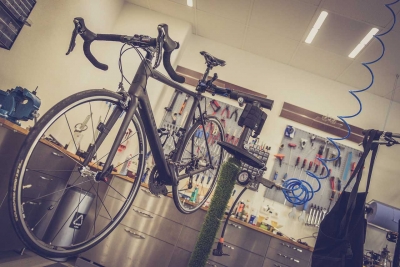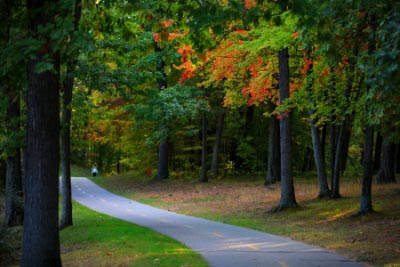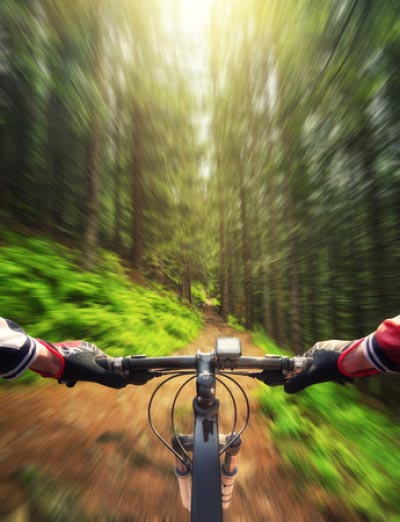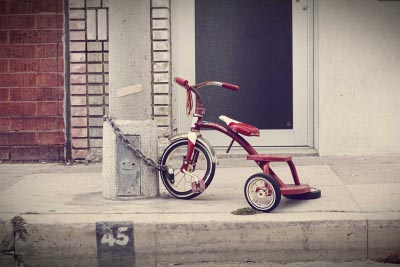Welcome Ride Leaders! You are the heart and soul of BCP. We couldn’t exist without you. So thank you, and we ask you to read this important information before leading a ride.
Ride Submission Process
It’s easy to submit a ride to BCP. You must be a BCP member. All you have to do is hit this Submit Ride button and follow the directions.
- Your ride will automatically be posted on the Website’s Ride Calendar
- Your ride description will be emailed to the appropriate Ride Coordinator to review for accuracy and possible conflicts
- You must submit your ride by the 12th of the month for inclusion in the next month’s Quick Release Newsletter.
Ad Hoc / Add-On Rides
You will use the same ride submission process above. Ad hoc rides will also be posted to the ''.
Ride Coordinators
Ride Coordinators monitor the ride submissions in their category, try to fill in the ride slots each month, and can be a valuable resource to ride leaders. If you have questions, please contact one of them:
Choose riding level:
The ride levels below are links to the ride submission form.
- A-B ( Coordinator: Robert Swartley)
- C ( Coordinator: Howard Hochheiser)
- D ( Coordinator: George Yarnell)
- BCP Ride Coordinator ( Coordinator: Jeff Kochanowicz)
- Sunday C Spinoff Ride ( Coordinator: Tom Witt)
- Mountain/Off-Road Biking ( Coordinator: John Petty )
- ad-hoc/Add-on ( Coordinator: Howard Hochheiser)
- Thursday Night C Training Ride ( Coordinator: Andy Karpinski)
- Tandem ( Coordinator: Manny Menendez)
Abuse of Ride Submission Process
If a member abuses the automatic ride submission process by putting inappropriate items or words in the listing, the submitter of the ride will receive one warning and if it reoccurs, membership privileges can be revoked.
Riding Levels
Pick the proper ride level for your ride. Take into account type of terrain and distance. Click here to view more information on the riding levels.
Sign-In Sheet
Each person on the ride must sign in and agree to the waiver. Click here to download a sign-up sheet in Adobe Acrobat.pdf format.
Incident Report Form
It is important to have a written incident report on file regarding injuries, property damage or other incidents. In the event of a serious injury, it is important to ask for written statements from witnesses and individuals involved in the incident. Please complete the following Incident Report and return this to McKay Group with any other pertinent information such as a police report, witness statements, photos taken at the time of the incident, etc. You should retain a copy of the report for a minimum of 3 years.
Click here to download the BCP Incident Report Form in Adobe Acrobat.pdf format.
Ride Leader Handbook
This Ride Leader Training Course, originally developed by Howie Weiner, and updated by Howard Hochheiser, Barbara Monegan, and Katie Eberhart, is especially useful for first time ride leaders and has more in-depth information about leading a ride. Click here for the 2017 Ride Leader Handbook
Ride Leader Checklist
Things to Bring:
- BCP Sign up sheet w/pen
- BCP applications
- Sufficient copies of cue sheet for all riders (Put your cell # on the cue.)
- County/area map in case you get lost (GPS if you have it)
- Flat Kit:
- Two spare tubes (one for you, one for another rider)
- Tire levers (2-3)
- Self-adhesive tire patches
- Mini-pump and/or CO 2 inflators
- Cell Phone so that riders can contact you if lost (if you have one)
Outline for Pre-Ride Introduction:
Introduction and description of the ride:
- Introduce yourself and any co-leaders
- Introduce the ride – pace, where you are going, where the rest/food stops are, easy to miss turns, dangerous spots
- Make sure everyone has signed the sign-in sheet and that you have it in your possession.
- Ensure that riders have provided their cell phone (if it’s with them) AND an emergency contact number.
Set expectations/your policy regarding:
- Stragglers (regroup as needed or every must maintain the listed pace)
- Peeling off (must tell you in advance, otherwise you could spend your time looking for someone who isn’t lost)
- Mechanical problems (does the group stop and wait or not)
- How long you intend to stop (are you dictating this or will you leave it to the group?)
SAFETY – ALWAYS REVIEW!
- Traffic Laws apply to bicycles – STOP at red lights and stop signs.
- Helmets mandatory, ear pieces and calling “clear” not allowed (club policy).
- Signal/call out hazards/cars, slowing, stopping, passing, etc.
- Ride to the right, single file, be predictable to cars and others on the ride.
- Do not pass cyclists or cars on the right side – they are not expecting or looking for you there.
- Group ride etiquette and safety (everyone is ultimately responsible for themselves, but the group’s actions can help ensure everyone’s safety and how we as cyclists are viewed by drivers).
- Special instructions regarding extreme weather (see Extreme Weather section for advice).
- Many ride leaders use a blinking headlight when leading a ride, even in daylight. Similarly, sweep can use red tail light set to blink.
Special tips for "D" Ride Leaders (Review the following w/riders)
- Particularly stress the group etiquette and safety points above (e.g.: inexperienced cyclists may not be familiar with hand signals if they haven’t participated in group rides)
- Ask more experienced cyclists to help instruct with proper positioning on the road, gearing, shifting, etc.
- Go over some basics prior to the ride:
- ABC Quick Check
A (Air) – improper inflation is the # 1 cause of flats.
B (Brakes) – not worn, adjusted properly.
C (Cranks, chain, cassette) – lubed, not worn.
Quick (Quick release) – tight and properly positioned.
Check general inspection of the bike. - Helmet fit
- Carry ID, ICE (in case of emergency) on cell phone
What To Do In Case of a Serious Accident on a Group Ride
Although we all try to ride safely, accidents will happen. If you are the ride leader, please follow this coordinated emergency response, which should cover all the essentials. Ideally there will be 4 people, each prepared to take on one of the following roles so they can be done simultaneously. Otherwise, some may have to be done in sequence. You should take control and assign tasks.
- Crowd Control. Get other riders and bicycles out of the road and away from the victim.
- Protect victim from traffic. if victim is on the road. If possible to do so without risking your own safety, position yourself between the victim and oncoming traffic. Direct traffic around the victim. You can use your bike as a barrier to make yourself more visible.
- Call 911. The most important information is location. Try to provide name of town as well as cross streets. If possible, give information about what happened and condition of the victim(s).
- Attend to the victim. If there is anyone who knows CPR or has more advanced training, they should take this role. If you don’t have any training, just keep the victim from further harm:
- Don’t move or allow the victim to move head or trunk unless absolutely necessary (moving can contribute to paralysis if there is spinal injury).
- Don’t remove their helmet.
- Don’t give food or water.
- If they are conscious, talk to them. Just make sure they don’t nod or shake their head in response (don’t want them moving head or neck).
- Let them know help is on the way.

